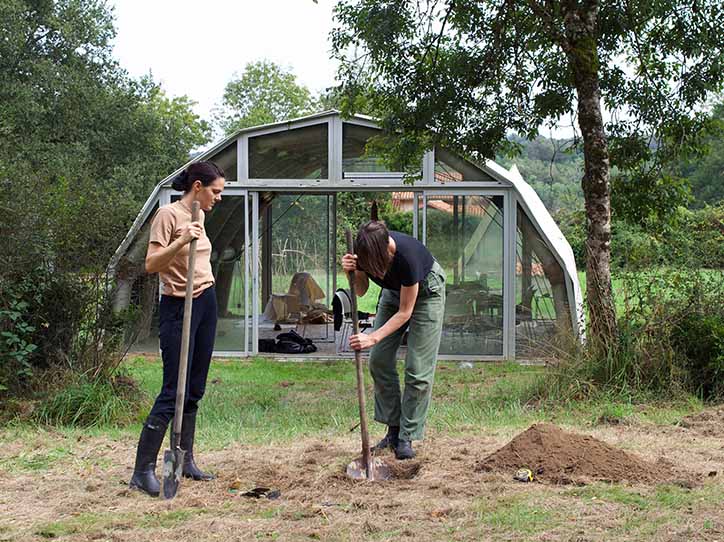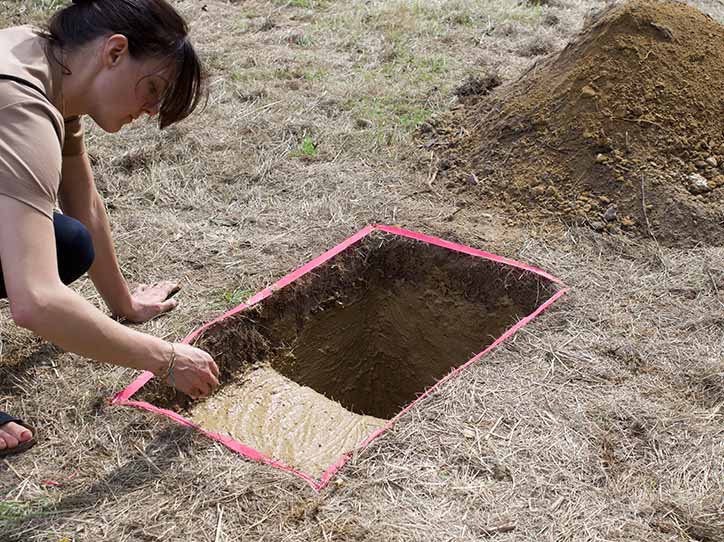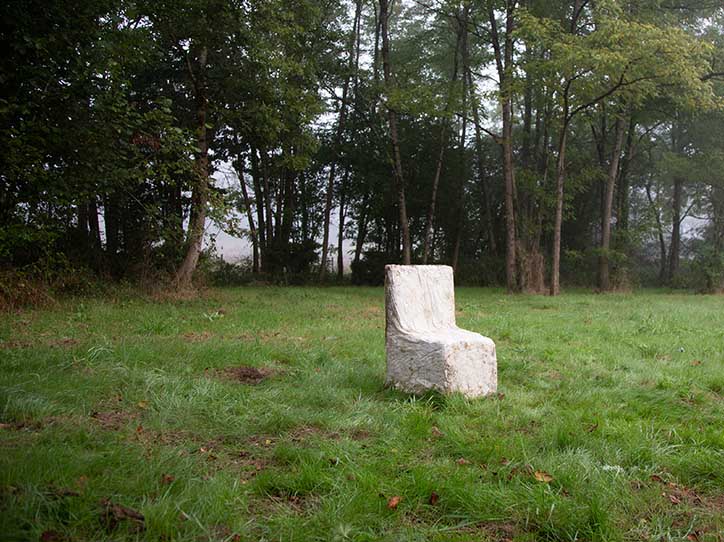Future forward: Introduction to the World of Mycelium
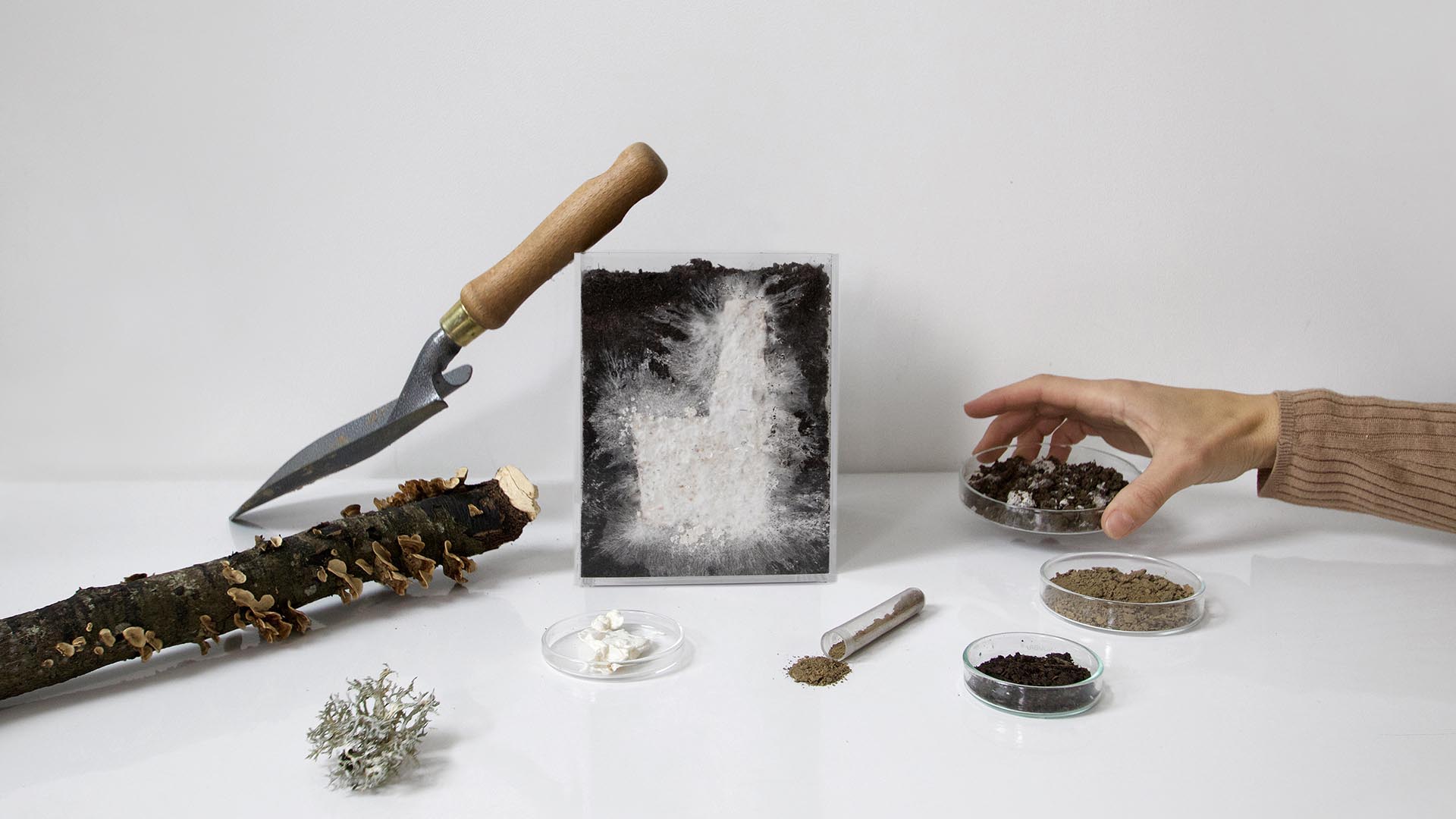
Mycelium research process by Àlea Work, winners of the Boisbuchet Residency Award 2021
Mycelium is the root-like structure of a fungus — a network of long, branching fibres (hyphae) which bind to one another underneath our feet, with each of our feet covering an average of 400 km of a fungal network of mycelium. Through the mycelium the fungus receives its nutrients by filtering the soil and water for chemicals and microorganisms, whilst removing carbon-based soil contaminants from the environment.
Spores at Play
Research has shown that mycelial networks play an essential role in the functioning and structuring of plant communities, proving a reliable component to revegetation. Whilst in agriculture, mycelium can be used for bio-fertilisation and soil regeneration. As it is essential in converting biomass into compost. That is – the decomposition of matter into organic fertilisers.
Mycelium is also proving to be an effective material in industrial product design. Designers are using its growth in a process of myco-fabrication to create bio-circular materials from organic waste. The fibrous hyphae of mycelium bind to one another through chitin, a naturally produced biomolecule which supports the structure of the organism and helps it keep its shape. It acts as a natural glue which can transform agricultural waste into an alternative to plastic packaging and polystyrene, which use harmful petrochemicals and are made from finite reserves of oil and gas.
From Stan Smith Adidas to Hermès luxury handbags, mycelium is also a sustainable and cost-effective alternative to the leather industry – the run-off waste of which from the tanning process depletes oxygen levels when released into waterways, not to mention the cycle of deforestation and water usage involved in the manufacturing.
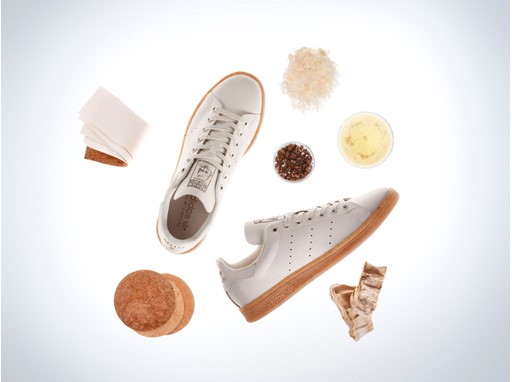
Stan Smith Mylo, the first shoe to be made using Mylo: a new mushroom-based material
Working with Mushrooms: A Different Perspective
The Paris-based design studio Aléa (Miriam Josi and Stella Lee Prowse) takes a different approach to myco-fabrication. Rather than growing mycelium in laboratory conditions, they use the local soil as a mould to grow their designs. This allows them to bypass processes of sterilisation and the use of plastic moulds. Together they explore mycelium’s capacity to regenerate soils and reintroduce biodiversity to the environment.
In 2021, the Boisbuchet Residency Award gave Miriam and Stella the opportunity to bring the lab to nature. Together they applied their bio-inclusive exploration at a larger scale. Back to dirt – a bio-inclusive process with mycelium, supported by FAIRE Paris – proposes a more integrated myco-fabrication process. It expands on this process by using local soil as a mould to grow objects. Back to dirt was presented at Design Museum London Design with the Living Symposium 2021.
The studio has also collaborated with Director of Living Systems Lab, Carole Collet, in exploring textiles to create a soft digestive mould hosted in soil to control and harvest mycelium-grown artefacts at an ambient temperature. The resulting series of miniature mycelium chairs were shown at the Frac Centre-Val de Loire in Orléans as part of the exhibition ‘Landscapes of Design, Women at the Heart of Boisbuchet’.
Paris-based design studio Aléa (Miriam Josi and Stella Lee Prowse) takes a different approach to myco-fabrication. Rather than growing mycelium in laboratory conditions, they use the local soil as a mould to grow their designs
Design Your Own Ecological Resistance
Through mycelium’s carbon negative, tensile structures, we are only just beginning to understand the applications of this biodegradable fungal kingdom. From fashion to the construction industry, it has the potential to open new possibilities in sustainable, environmentally conscious design and living.
Further Reading
Miriam Josi and Stella Lee Prowse’s workshop ‘Beyond the Lab – Bio-Inclusive Design with Mycelium’ will run from July 10th – July 16th, 2022.
For more information on this year’s workshop season, visit: https://www.boisbuchet.org/workshops/2022-season-repair-recharge-reset/.
‘Landscapes of Design, Women at the Heart of Boisbuchet’ is on at the Frac Centre-Val de Loire in Orléans until July 31.
Kester Farrell is a British architecture and design research assistant at Domaine de Boisbuchet.


